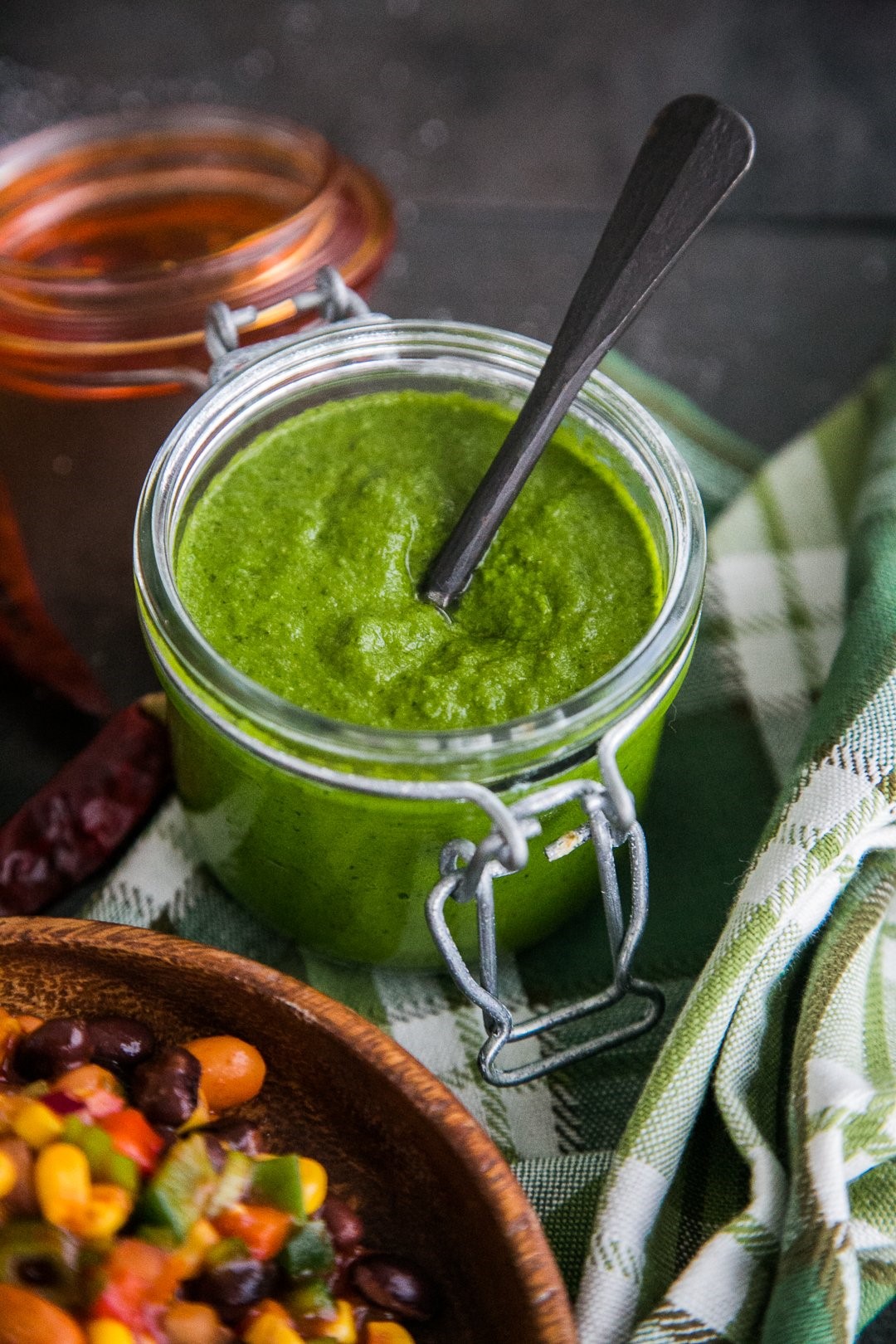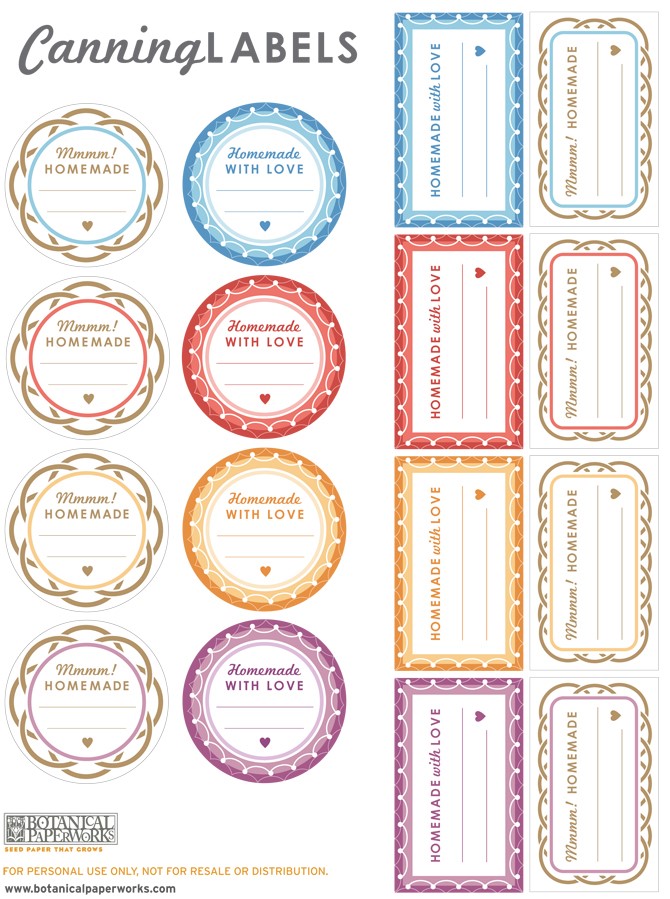What Exactly IS Chutney?
You hear the word every once in awhile, especially at harvest time—CHUTNEY. But what exactly is chutney? In case I’m not the only one out there that must’ve been raised in a barn, I thought I’d enlighten us:

The dictionary says in its basic form, it’s a spicy condiment or relish made of fruits or vegetables with vinegar, spices, and sugar.
It originated in India and was discovered by the Western world when British soldiers and colonists brought recipes back to England. It can be thick and chunky or smooth, and has a heat level that can range from very sweet to very spicy. The mixtures can be either cooked or uncooked and virtually all of them rely on the addition of chilies for heat.
Mango chutney is probably the most popular variety, in part because mangoes are a popular fruit in India, and also because it was the first chutney that was widely available to Europeans.

There are an endless number of variations that can be made on the basic theme, such as Fresh Peach Chutney, Melon Apple Chutney, Green Tomato Chutney and (of course) Mango Chutney. And the reason we hear about it around harvest time is because it’s such a great way to use up extra fruit and vegetables from yours or the neighbor’s garden.
Not only does chutney use up the extra produce well, and is easy to make, it’s very easy to can. Because of the high acid content (due to the cider vinegar most recipes call for), it does great in a water bath. Acid prevents botulism spores from forming, so chutney is a perfect food to preserve and store.
And speaking of canning, here’s something very cool I just found. On https://botanicalpaperworks.com/blog/free-printable-canning-labels/, you can print off several FREE beautiful designs for canning jar labels. And they’re working great on my freezer bags and containers as well.

But back to chutney. Another reason it has such a wide fan base is because it’s so versatile. For instance, it makes beautiful and effortless appetizers. Just serve a fruit chutney (pear or mango, for instance) with a wedge of blue cheese and toasted baguette slices, and you’ll be offering a very up-town experience to folks.
Or, you can blend it with extra virgin olive oil and sherry vinegar to make a dressing for a pasta or couscous salad. Also, try splitting some croissants and topping them with chutney, prosciutto and cheese. Just grill the open croissants with the prosciutto and cheese until golden brown and then top with chutney. Delicious!

And if you want to mix up your standard roast chicken a little bit, try adding 2 tablespoons of chutney into a classic bread and herb stuffing. This is a show stopper.
Lastly, consider placing a dollop of chutney on top of grilled gourmet sausages or steak. It doesn’t take much of this treat to add depth of flavor and a slight sweetness to your grilled meats.
If you’re interested, here’s a recipe for the above-mentioned, ever popular mango chutney. I found this years ago on www.epicurious.com.

3 medium apples peeled, cored, and chopped
2 large mangos peeled and chopped
1/2 medium, sweet red pepper chopped
1 1/2 cups (375mL) sugar
1 cup (250mL) finely chopped onions
1/2 cup (125mL) golden raisins
1/2 cup (125mL) white vinegar
1/4 cup (50mL) finely chopped, peeled ginger root
1 tablespoon (15mL) fresh lemon juice
2 teaspoons (10mL) curry powder
1/2 teaspoon (2mL) ground nutmeg
1/2 teaspoon (2mL) ground cinnamon
1/2 teaspoon (2mL) salt
Directions:
Add Recipe to Cook'n

The dictionary says in its basic form, it’s a spicy condiment or relish made of fruits or vegetables with vinegar, spices, and sugar.
It originated in India and was discovered by the Western world when British soldiers and colonists brought recipes back to England. It can be thick and chunky or smooth, and has a heat level that can range from very sweet to very spicy. The mixtures can be either cooked or uncooked and virtually all of them rely on the addition of chilies for heat.
Mango chutney is probably the most popular variety, in part because mangoes are a popular fruit in India, and also because it was the first chutney that was widely available to Europeans.

There are an endless number of variations that can be made on the basic theme, such as Fresh Peach Chutney, Melon Apple Chutney, Green Tomato Chutney and (of course) Mango Chutney. And the reason we hear about it around harvest time is because it’s such a great way to use up extra fruit and vegetables from yours or the neighbor’s garden.
Not only does chutney use up the extra produce well, and is easy to make, it’s very easy to can. Because of the high acid content (due to the cider vinegar most recipes call for), it does great in a water bath. Acid prevents botulism spores from forming, so chutney is a perfect food to preserve and store.
And speaking of canning, here’s something very cool I just found. On https://botanicalpaperworks.com/blog/free-printable-canning-labels/, you can print off several FREE beautiful designs for canning jar labels. And they’re working great on my freezer bags and containers as well.

But back to chutney. Another reason it has such a wide fan base is because it’s so versatile. For instance, it makes beautiful and effortless appetizers. Just serve a fruit chutney (pear or mango, for instance) with a wedge of blue cheese and toasted baguette slices, and you’ll be offering a very up-town experience to folks.
Or, you can blend it with extra virgin olive oil and sherry vinegar to make a dressing for a pasta or couscous salad. Also, try splitting some croissants and topping them with chutney, prosciutto and cheese. Just grill the open croissants with the prosciutto and cheese until golden brown and then top with chutney. Delicious!

And if you want to mix up your standard roast chicken a little bit, try adding 2 tablespoons of chutney into a classic bread and herb stuffing. This is a show stopper.
Lastly, consider placing a dollop of chutney on top of grilled gourmet sausages or steak. It doesn’t take much of this treat to add depth of flavor and a slight sweetness to your grilled meats.
If you’re interested, here’s a recipe for the above-mentioned, ever popular mango chutney. I found this years ago on www.epicurious.com.

Mango Chutney
Yield: 5 cups
Ingredients:
3 medium apples peeled, cored, and chopped
2 large mangos peeled and chopped
1/2 medium, sweet red pepper chopped
1 1/2 cups (375mL) sugar
1 cup (250mL) finely chopped onions
1/2 cup (125mL) golden raisins
1/2 cup (125mL) white vinegar
1/4 cup (50mL) finely chopped, peeled ginger root
1 tablespoon (15mL) fresh lemon juice
2 teaspoons (10mL) curry powder
1/2 teaspoon (2mL) ground nutmeg
1/2 teaspoon (2mL) ground cinnamon
1/2 teaspoon (2mL) salt
Directions:
1. Combine apples, mangoes, red pepper, sugar, onion, raisins, vinegar, and gingerroot in a large stainless steel or enamel saucepan. Bring to a boil over high heat, reduce heat, and boil gently, uncovered, for 20 minutes or until fruit is tender and mixture is thickened, stirring occasionally. Add lemon juice, curry powder, nutmeg, cinnamon, and salt; boil gently for 5 minutes.
2. Remove hot jars from canner and ladle chutney into jars to within 1/2 inch of rim (head space). Process 10 minutes for half-pint (250 mL) jars and 15 minutes for pint (500 mL) jars.
NOTES: Serve with grilled or barbecued chicken parts:
3. Combine 3 tbsp (45 mL) Mango Chutney and 1 tbsp (15 mL) softened butter or margarine. Stir in 2 tsp (10 mL) chopped fresh cilantro and a pinch of cayenne pepper. Makes 1/4 cup (50 mL).
2. Remove hot jars from canner and ladle chutney into jars to within 1/2 inch of rim (head space). Process 10 minutes for half-pint (250 mL) jars and 15 minutes for pint (500 mL) jars.
NOTES: Serve with grilled or barbecued chicken parts:
3. Combine 3 tbsp (45 mL) Mango Chutney and 1 tbsp (15 mL) softened butter or margarine. Stir in 2 tsp (10 mL) chopped fresh cilantro and a pinch of cayenne pepper. Makes 1/4 cup (50 mL).
Recipe formatted with the Cook'n Recipe Software from DVO Enterprises.
 Alice Osborne
Alice Osborne
Weekly Newsletter Contributor since 2006
Email the author! alice@dvo.com
